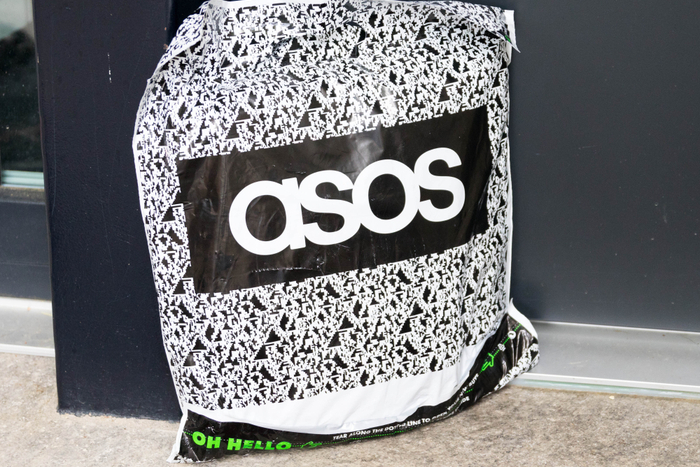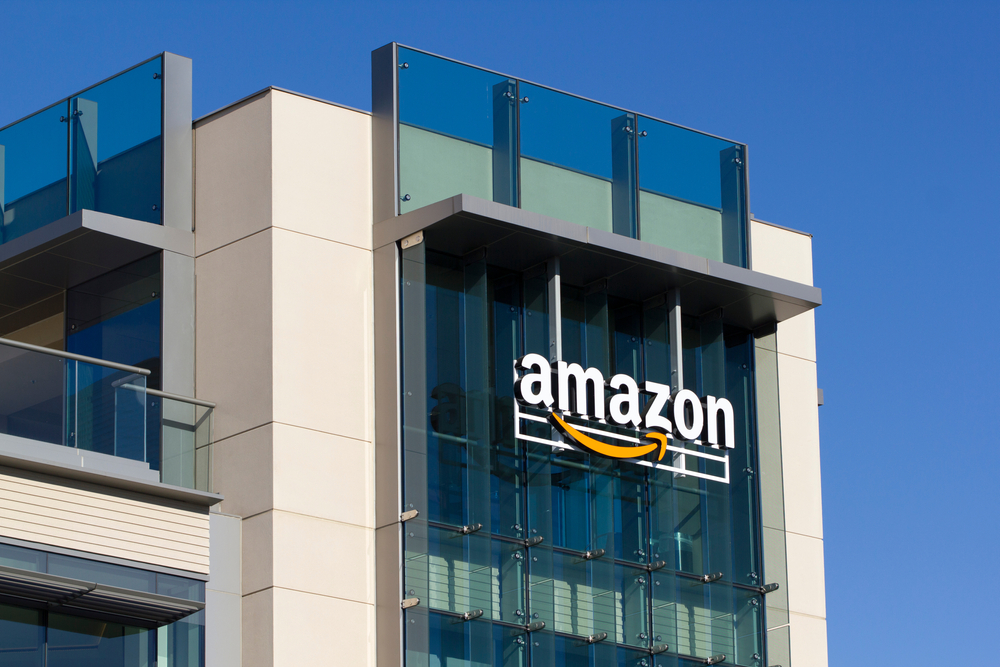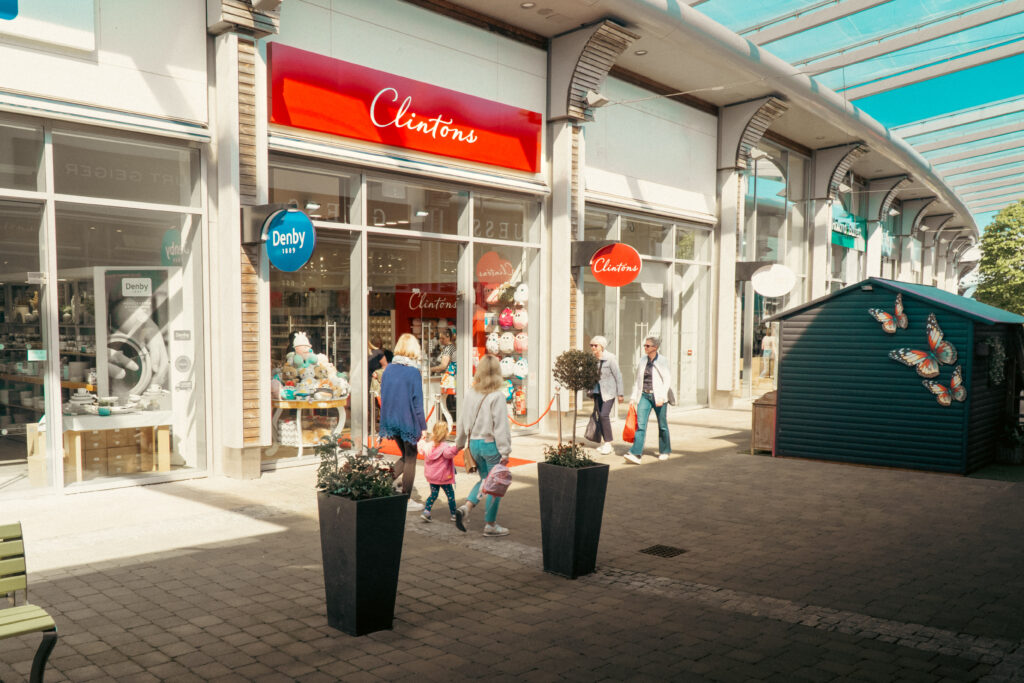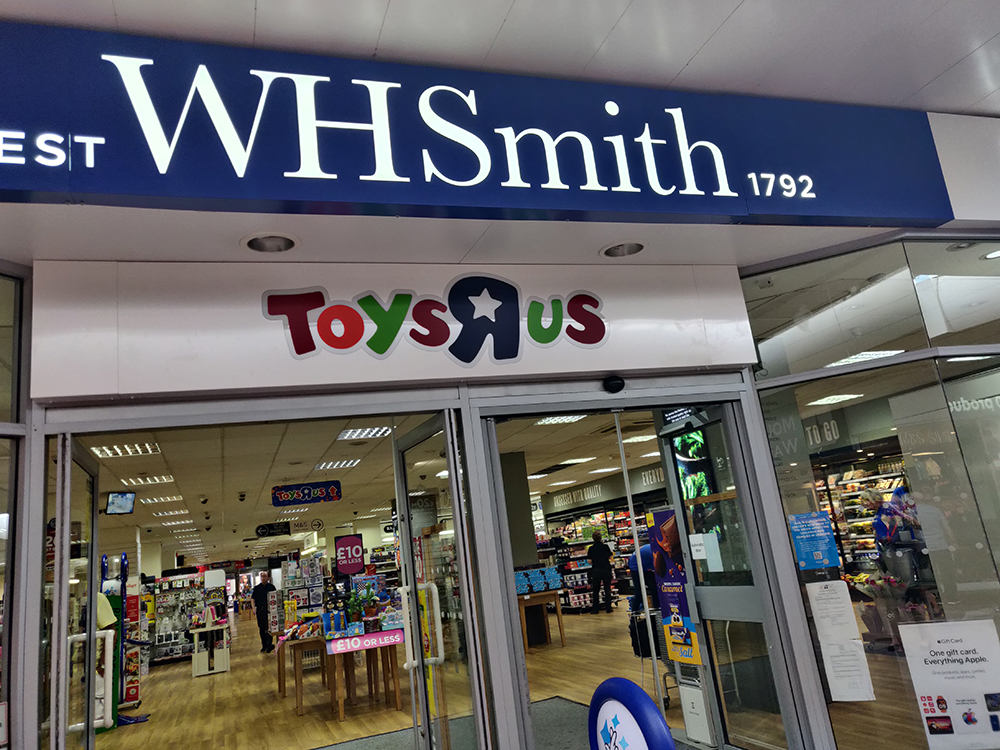How should one read Christmas trading statements? Every year we all get excited to see how the runners and riders fared and get a steer on how Christmas really was.
The trouble is, we don’t really, and the steer is usually a bum one. These reports have always had the potential to mislead, but never more so than this year.
The numbers are not independently audited, nor are there any agreed rules and conventions regarding definitions, timeframes, comparability etc.
Companies can never be compared with another. Individual companies can – and often do – change definitions so that their own figures are sometimes not comparable.
There has always been huge latitude to adjust numbers to tell the story you might like to tell. These fundamental barriers to transparency have always been there. But there are some newer ones that make these statements even tougher to read.
“Individual companies can – and often do – change definitions” Richard Hyman
As online has grown, so returns have become increasingly material. Clearly, their significance varies by sector but in clothing at Christmas, they can be 50% of online sales.

Most Christmas trading statements report before the bulk of returns are in – and they are very rarely mentioned.
So, are the latest figures inclusive of returns (almost certainly yes) and are last year’s comps net (probably yes)?
This is not comparing like with like and will produce a flattering picture.
Read more: Christmas 2022 trading tracker: how the big retailers fared
The pandemic effect
The pandemic was still restricting us over Christmas 2021. While there was no lockdown, government advice in the wake of the Omicron variant was more than enough to change the behaviours of many and restrict shopping.
Last year’s comparable trading period is very soft, again flattering this year’s numbers.
Lastly there is inflation. After years of negligible price increases year on year, we now have serious inflation across every sector.
The cost-of-living squeeze means that many consumers are spending more to purchase fewer items. Many retailers’ reported numbers are being positively received despite lagging inflation in their sector.
How was Christmas trading 2022?
It could have been much worse for retail. For the many consumers it was celebrated with relief at being able to socialise at last.
“Last year saw a return of shopping in stores, whic has proved a godsend to under-pressure margins.”
The full impact of recession has not yet kicked in, but we all know it’s coming and many began reining in their spending before Christmas. More will be doing so as the year unfolds.
Last year saw a progressive return of shopping in stores, at the expense of online.
While this has required some adjustments in cost and stock allocation, it has proved a godsend to under-pressure margins.
Despite all the noise it is still cheaper to sell in physical stores than online, and their resurgence will have mitigated some of the hit to sales volumes from rampant price inflation.
As the year unfolds, I expect price inflation to persist and volumes to remain weak. I also expect online to gradually return to channel share growth with a consequential increase in margin pressure.
Christmas was something of a last hurrah for a consumer all too aware of what lies ahead for their household balance sheets.
Richard Hyman is one of the retail industry’s most respected analysts. He is a partner at Thought Provoking Consulting.
Click here to sign up to Retail Gazette‘s free daily email newsletter


















